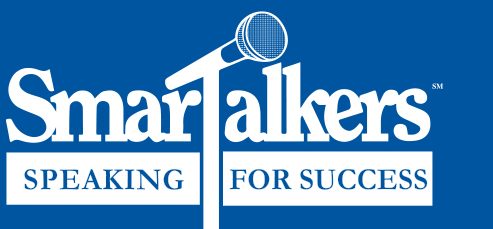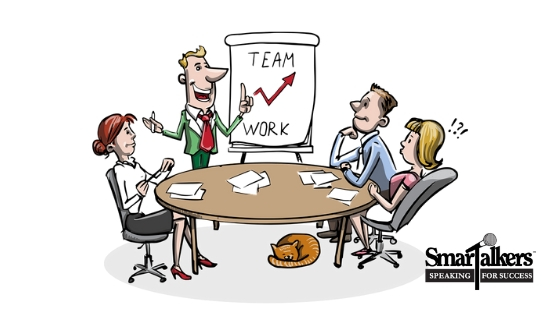
In a recent interview celebrating 50 years since man’s first walk on the moon, astronaut Michael Collins stated, “I wasn’t scared but worried.” Those words gave me pause as many of my clients will engage my coaching services to help them overcome their fear of speaking in public. So I questioned, is there a difference between the statements, “I have a fear of speaking”, and “I worry about speaking?”
Here’s a thought… In a post by Meredith Bell, she offers the following:
Among the many useful insights, I took away from Gavin de Becker’s book, The Gift of Fear, one of the most profound was a deeper appreciation for the distinction between worry and fear. Until reading the final chapter, I had not pondered the difference. But the author not only defines them clearly, but he also points out why one is harmful and the other can be life-saving.
Gavin de Becker is one of the most sought-after, highly respected experts on security issues in the world. His firm protects people who are at risk, and his clients include celebrities, governments, and large corporations. He knows what he’s talking about, and his book is filled with stories – some startling, some chilling, and all true – that will remain embedded in my brain for years to come.
According to de Becker, people too often associate the word fear with other words like worry, panic, and anxiety. But they are not the same. While the latter emotions are voluntary, genuine fear is involuntary. It’s a survival signal wired in us that sounds only in the presence of danger and is intended to be very brief. The problem is that “unwarranted fear has assumed a power over us that it holds over no other creature on earth.”
On the other hand, worry is a choice. When we allow ourselves to become preoccupied with what might happen, there are clear downsides: “It interrupts clear thinking, wastes time, and shortens life.”
So based on the above, should we change the focus to “I have a worry about public speaking”? Or is the “unwarranted fear” mentioned above?
Your thoughts?





